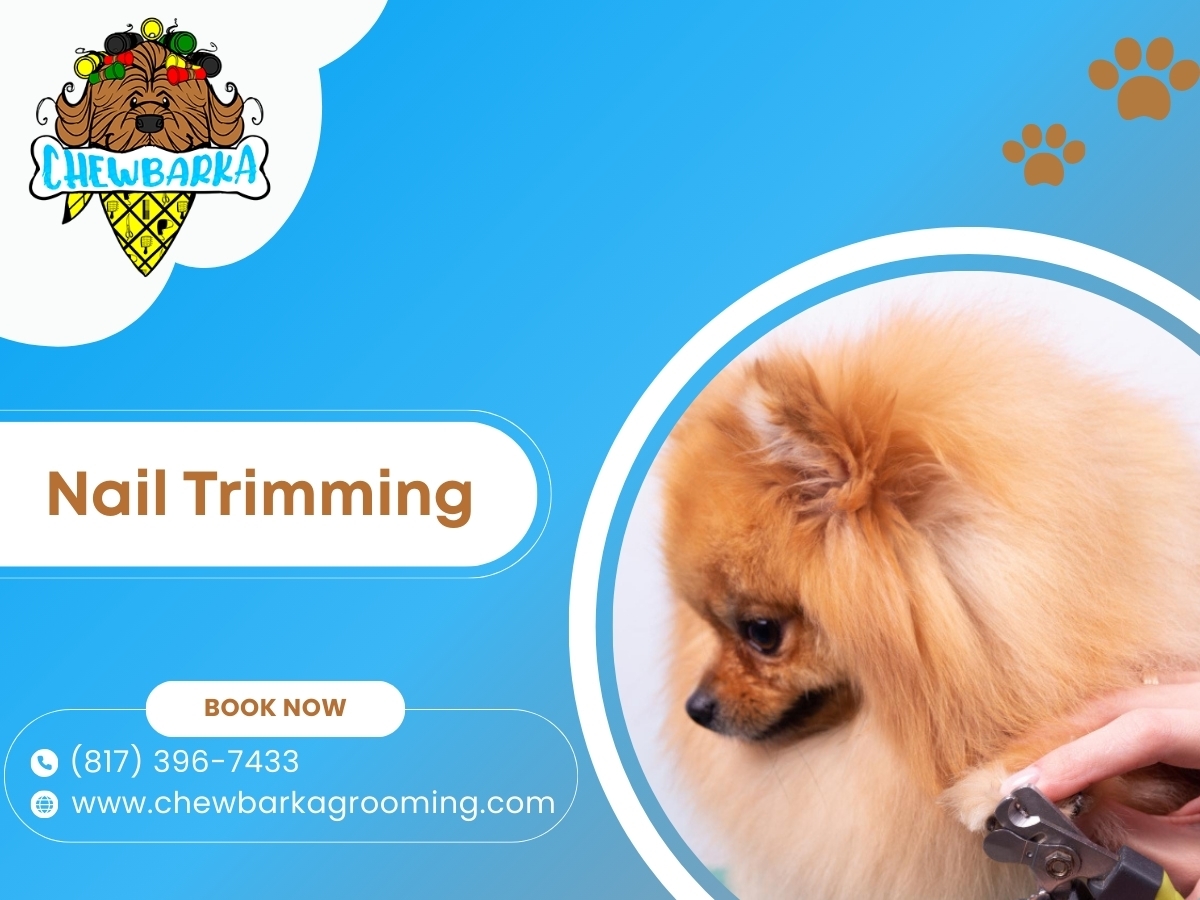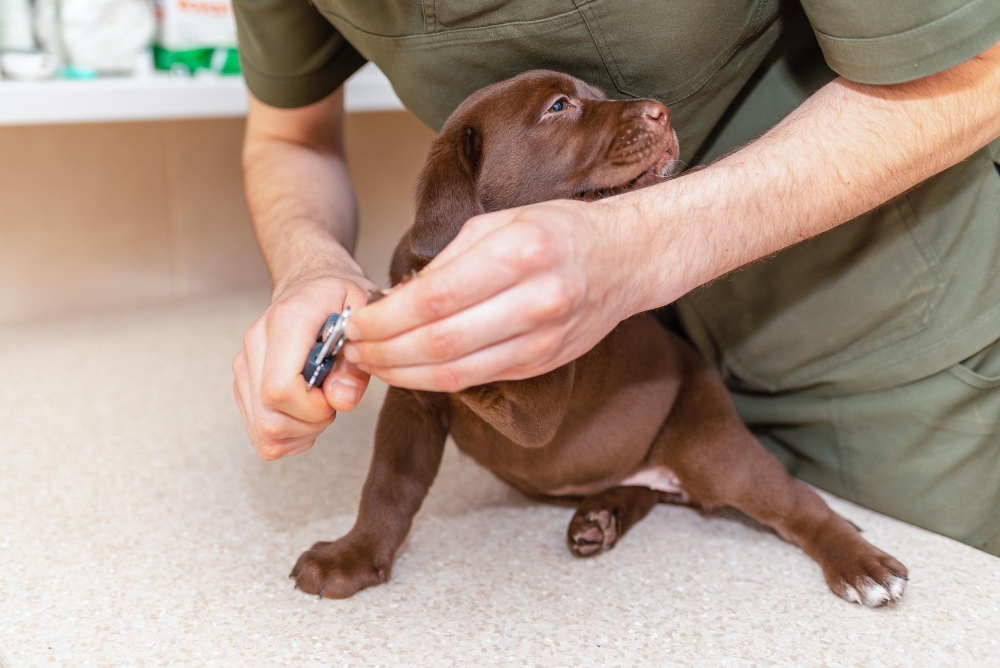No products in the cart.

Your furry friend's well-being is always a top priority. Nail trimming is a regular part of dog grooming that keeps your dog comfortable and prevents injuries. However, trimming a dog's nails too short or incorrectly can lead to infections. As a responsible pet parent, it's crucial to be aware of the signs of infection after nail trimming to prevent complications.

This blog covers 10 key signs of infection to watch after trimming your dog's nails, addresses some frequently asked questions, and provides practical tips to keep your pup safe and healthy. Let's dive in!
One of the first and most visible signs of infection after nail trimming is redness around the nail bed. Redness often indicates inflammation and could mean that bacteria have entered the nail. It's important to regularly check your dog's nails for any unusual coloration, especially within the first 48 hours after trimming.
Swelling around the trimmed nail is another common sign of infection. This can occur if the nail has been cut too short or if there was a minor injury during trimming. Swelling is often accompanied by warmth around the area, which suggests inflammation. If you notice any swelling, it's best to consult a veterinarian.
If there is any discharge, such as pus, coming from the nail area, it is a clear indication of an infection. Pus is usually yellow, green, or whitish, which signifies the body is trying to fight off an infection. At this point, seeking veterinary care is crucial to prevent the infection from spreading further.
Your dog may start limping, or avoid putting pressure on the paw where the nail was trimmed. This behavior often indicates pain, possibly due to an infection or a cut too deep. If you notice your dog limping after nail trimming, monitor them closely and check for other signs of infection.
Dogs often lick their paws as a soothing mechanism when something is wrong. If your dog is excessively licking or chewing at the nail area after trimming, it could indicate irritation or infection. Constant licking can introduce more bacteria, which could worsen the infection.
Small bleeding is not uncommon if a nail is cut too short. However, if the bleeding doesn't stop after a few minutes, this could indicate a more serious issue. An exposed quick (the sensitive part of the nail) is vulnerable to bacterial infections, so a professional should address persistent bleeding.
A foul smell from your dog's nail area indicates infection. Bacteria or fungi can produce an unpleasant odor, especially if the infection has been left untreated. Regularly sniffing your dog's paws might seem strange, but it can help you catch infections early.
If your dog pulls away, whimpers, or shows signs of discomfort when you touch their paw, this could be due to pain from an infection. Dogs are generally protective of their injured areas, and increased sensitivity could indicate something more serious than just a minor cut.
It might be infected or damaged if you notice cracks or splitting in the nail after trimming. Cracked nails can be an entry point for bacteria, leading to infections that could affect the surrounding tissue. Be sure to monitor the condition of your dog's nails after each grooming session.

Any sudden behavioral changes, such as decreased activity, irritability, or loss of appetite, could indicate your dog is unwell. Pain and discomfort from an infected nail can affect your dog's overall mood and energy levels. If you notice any behavioral changes in combination with the above symptoms, it's time for a vet visit.
Nail trimming is essential for your dog's health. Knowing the signs of infection—like redness, swelling, or limping—allows you to act quickly to prevent complications. When in doubt, consult a vet or seek professional dog grooming services like Chewbarka Grooming for the best care.
If you'd like to learn the safest way to trim your dog's nails, check out our complete dog nail trimming guide on our website. It's full of helpful tips to keep your pup comfortable and healthy. Check it out today!